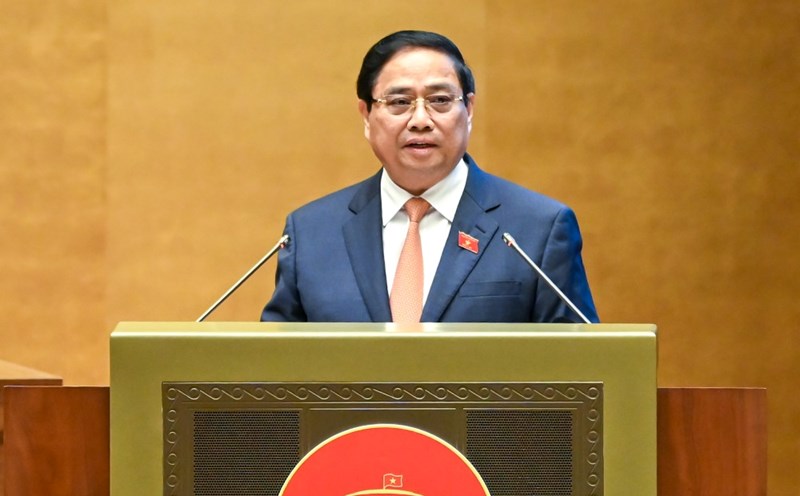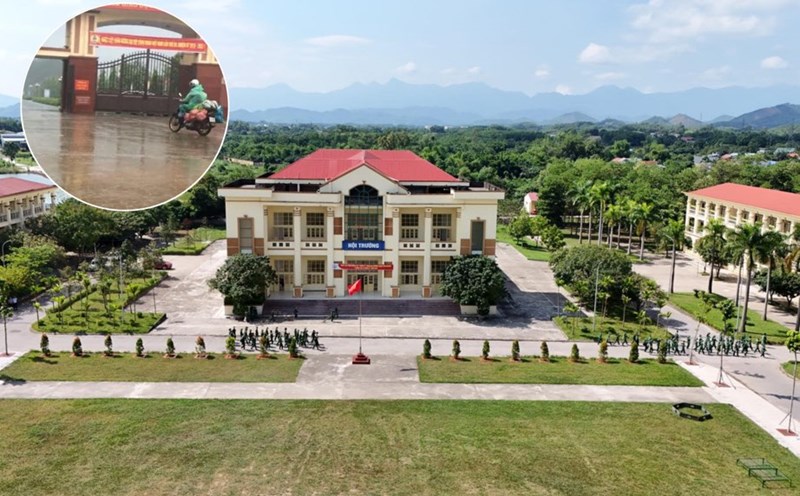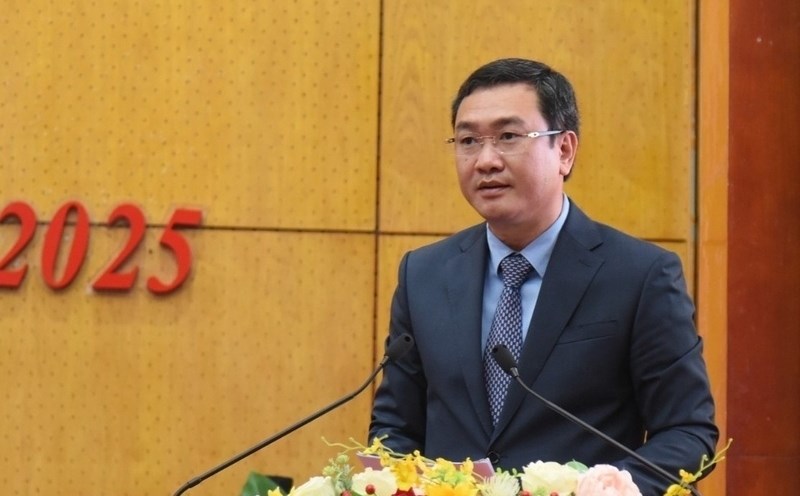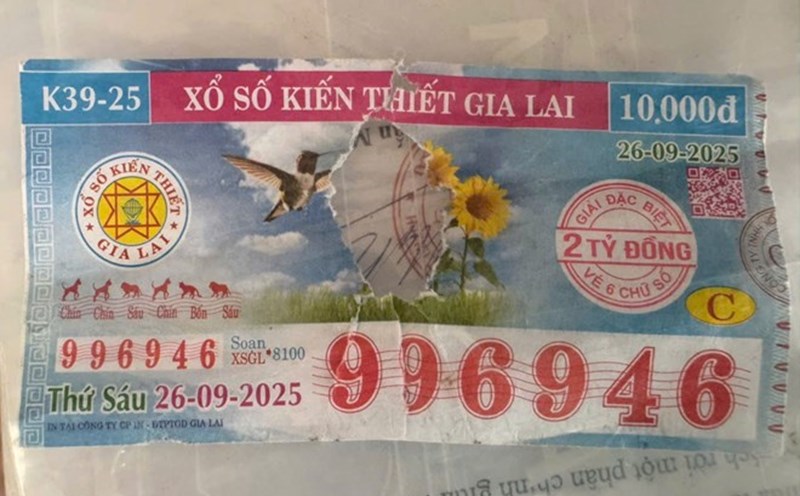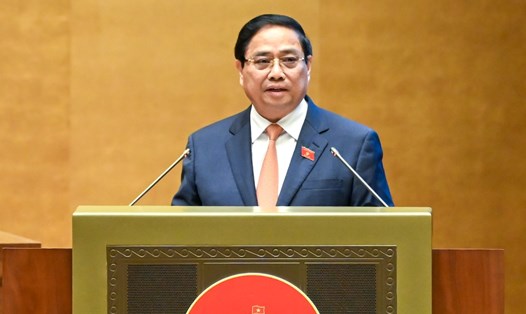On the afternoon of October 20, Chairman of the Economic and Financial Committee Phan Van Mai presented a report on the appraisal of the implementation results of Resolution No. 31/2021/QH15 dated November 12, 2021 of the National Assembly on the Economic Restructuring Plan for the period 2021-2025.
According to Mr. Phan Van Mai, the period of 2021-2025 has many unprecedented fluctuations, risks and challenges, especially the prolonged impact of the COVID-19 pandemic.
The Government has shown determination and unity in action throughout the political system, closely following the orientation of Resolution No. 31/2021/QH15, concretized by Resolution No. 54/NQ-CP of the Government with 15 major groups of policies, 102 specific tasks and projects, clearly assigning responsibilities to ministries, branches and localities.
The economic restructuring work has been implemented synchronously in all fields, contributing to innovating the growth model, improving the efficiency of resource use and the autonomy of the economy.
According to the Chairman of the Economic and Financial Committee, the implementation of 05 key groups of tasks to restructure the economy in the period of 2021-2025 achieved many more positive and comprehensive results than in the previous period.
Typically, restructuring public investment, state budget, credit system and public service unit area. The number of central budget projects will decrease from about 11,000 to under 5,000 in the period of 2021-2025.
The disbursement progress has improved significantly, reaching an average of 94.3% of the plan with many backlog projects being resolved. The state budget is safely strengthened, public debt remains at 35-36% of GDP; bad debt in the credit system is controlled below 2%.
The financial, real estate, labor, science and technology markets have all had positive changes, the legal framework is increasingly perfect.
In addition to the achieved results, the implementation of economic restructuring in recent times has also faced some difficulties and challenges.
Therefore, the Economic and Financial Committee said that out of 27 targets according to Resolution No. 31/2021/QH15, only 10 targets are expected to be achieved, 13 targets are difficult to complete.
The Government is requested to clearly assess the impact of not completing these targets on the overall results and effectiveness of the Economic Restructuring Plan for the period 2021-2025.
According to Mr. Phan Van Mai, the slow-moving growth model still mainly relies on capital and labor. The economic structure shifted slowly, the added value was still low. Although the proportion of agriculture in GDP has decreased, it is still high.
The development of markets is still not synchronous and lacks depth. The financial and banking markets face some potential risks, bad debts are concentrated in the real estate and construction sectors, which are industries that use large capital, long cycles and slow recovery ability.
In addition, the internal capacity of the private enterprise sector and the collective economy is still limited, small in scale, and lacks value chain linkages. The progress of equitization and divestment of state-owned enterprises is still slow.
Mr. Phan Van Mai said that the Economic and Financial Committee proposed to comprehensively evaluate the results of implementing the National Assembly's Resolution on the Economic Restructuring Plan for the period 2021-2025.
Assessing the advantages, difficulties, limitations, causes and lessons learned in the implementation of the National Assembly's Resolution on the Economic Restructuring Plan for the period 2021-2025.
On that basis, focus on discussing orientations, solutions and priorities in the last months of 2025 to strengthen macroeconomic stability, maintain major balances, promote restructuring towards green, digital and sustainability.
At the same time, discuss ways to effectively exploit regional potential, promote the role of private enterprises, high-tech industries, digital economy and knowledge economy to create new foundations and growth drivers for the 2026-2030 period.

